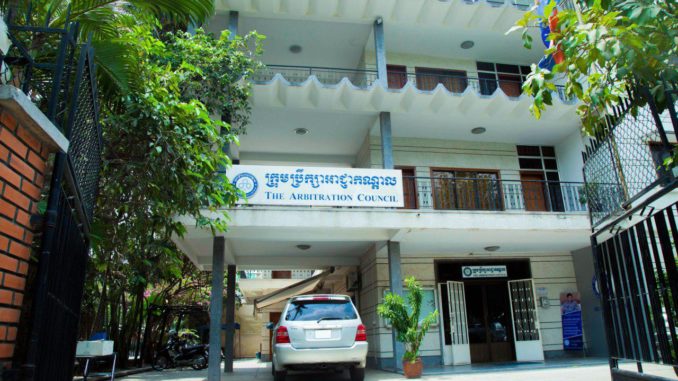
Registered Case Trend
The figure below shows the number of cases registered at the AC from January 2016 through December 2018.
Figure 1. Trend of cases registered for the period 2016 to 2018

Figure 1 indicates a remarkable change in the trend of collective labour dispute cases registered at the AC for the period of 2016 to 2018. The number plummeted sharply to about five cases per month after the Trade Union Law became fully effective in September 2016. This decrease continued until the end of 2018 when there was a jump to 13 cases in December.
Two Ways in Resolving Disputes
The ACF continues monitoring the development of industrial relations (IR) in general as well as cases registered with the AC in order to seek appropriate solutions to encountered challenges. This was done in part through close cooperation with the Ministry of Labour and Vocational Training (MoLVT) and other key stakeholders.
Disputes are settled at the AC through conciliation and arbitration. Conciliation addresses about 25% of registered cases; the rest are resolved by arbitral awards. Conciliation is conducted on the set hearing date that had been scheduled within a week after the arbitral panel was formed. Resolution through an arbitration award after a hearing requires significant time for comprehensive research, law analysis, and award writing. As a result, the average time to settle a dispute at the AC was 22 days in 2018.
Figure 2. Rate of Resolution of Registered Case in 2018

Issues Resolved by the AC
The AC has a role in resolving only those collective labor disputes specified in a non-conciliation report issued by a conciliator designated by the MoLVT (Article 312 of the Labour Law, 1997). Of the many different issues settled at the Arbitration Council, the top twelve are shown in the table below
Figure 3. Top Twelve Issues Brought to AC in 2018

